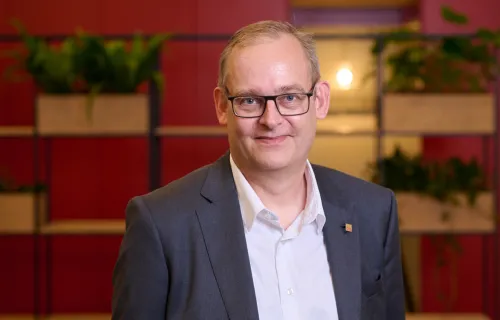By moving applications to the cloud, you can fully utilize the benefits. However, to do this, the applications often need to be modernized. Older monolithic applications have a completely different structure with long life cycles. They are rarely updated, so implemented changes affect the entire application. Adding new features often required reconfiguring the whole application stack.
Microservices
Developing the microservices architecture has remedied this. Microservices divide an application into independent services that are also distributed individually. This architecture allows each service to be updated without disturbing the other services in the application.
A microservice architecture creates a highly scalable and distributed system. Microservices make it easier to build, optimize and maintain applications. It also makes it easier to contain the code because the different microservices can be developed in other programming languages and use different databases, so bottlenecks are avoided. It also makes applications more stable, as they can continue to work even if the microservice stops or crashes. It is then possible to replace that service with another microservice. Automated updates during the lifecycle replaces or updates relevant microservices as needed.
From a developer's perspective, there are several benefits to microservices. Different development teams can work independently in a seamless way. It also enables developers to work more agile, which helps them to become more responsive to new business needs.
Using a service mesh gets the most out of this architecture. It's a thin layer on top of the service layer that enables managed, visual and secure communication between the various microservices. It also means that developers and application managers can focus on developing and taking care of the application instead of handling changes and additions for each microservice.
Furthermore, microservices are usually divided into two types, stateless and stateful. Stateless microservices do not save or store data. Instead, they handle a request and deliver a response. They use no or limited storage, and what is stored is only kept temporarily. Stateful microservices require storage. They read from and write data in databases. Even when the microservice is restarted, the stored data remains. However, most microservices do not share the same database with other microservices, making it easier to replace or migrate databases.
Containers
When moving applications based on microservices between different environments, they are packaged or organized with the help of containers. Containers are a simple, efficient, and standardized way of separating microservices from each other.
The idea with containers is that they should be operating system independent. Therefore, they use resources efficiently and can quickly and easily be scaled up and down. Containers also work seamlessly on-prem, in the cloud, or in a hybrid environment and can quickly move between these different environments.
Do not accumulate more technical debt
These parts are required to modernize applications and move them to the cloud. This type of modernization makes your application "cloud-native." Modernizing applications may seem complex and resource-intensive, but technical debt is accumulated every day without modernization. An investment in modernizing and containerizing applications often pay off fairly quickly. It also means that you can further develop, update and bring new features to your market faster. Many developers also prefer to work in this architecture. And not least, you can take full advantage of the cloud, a prerequisite for innovation today.





